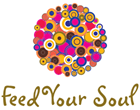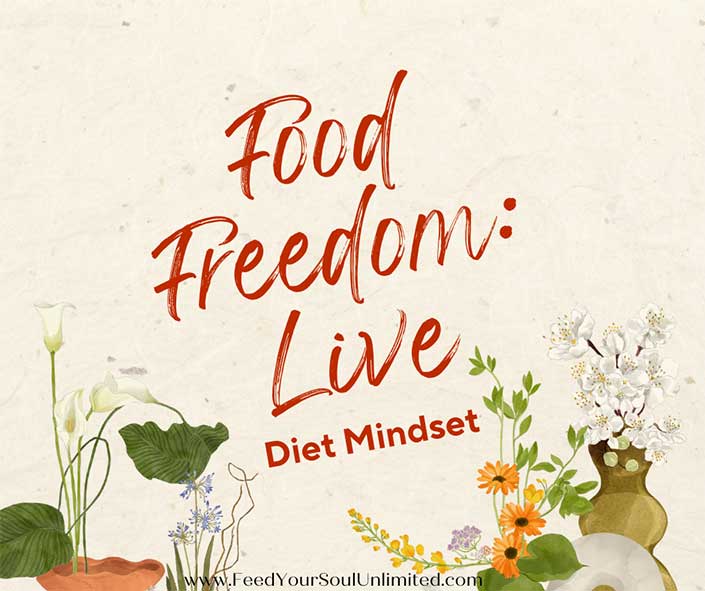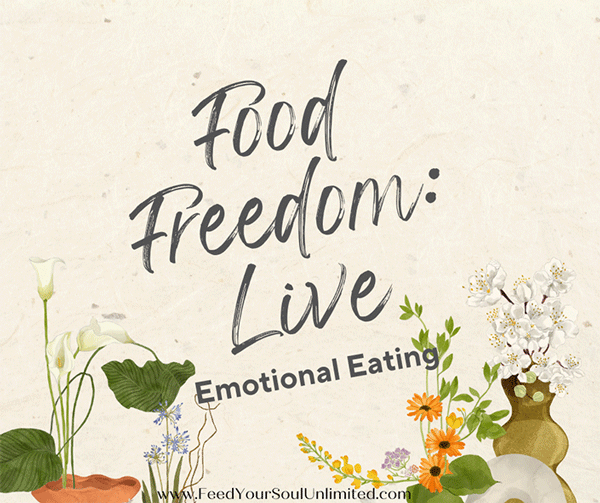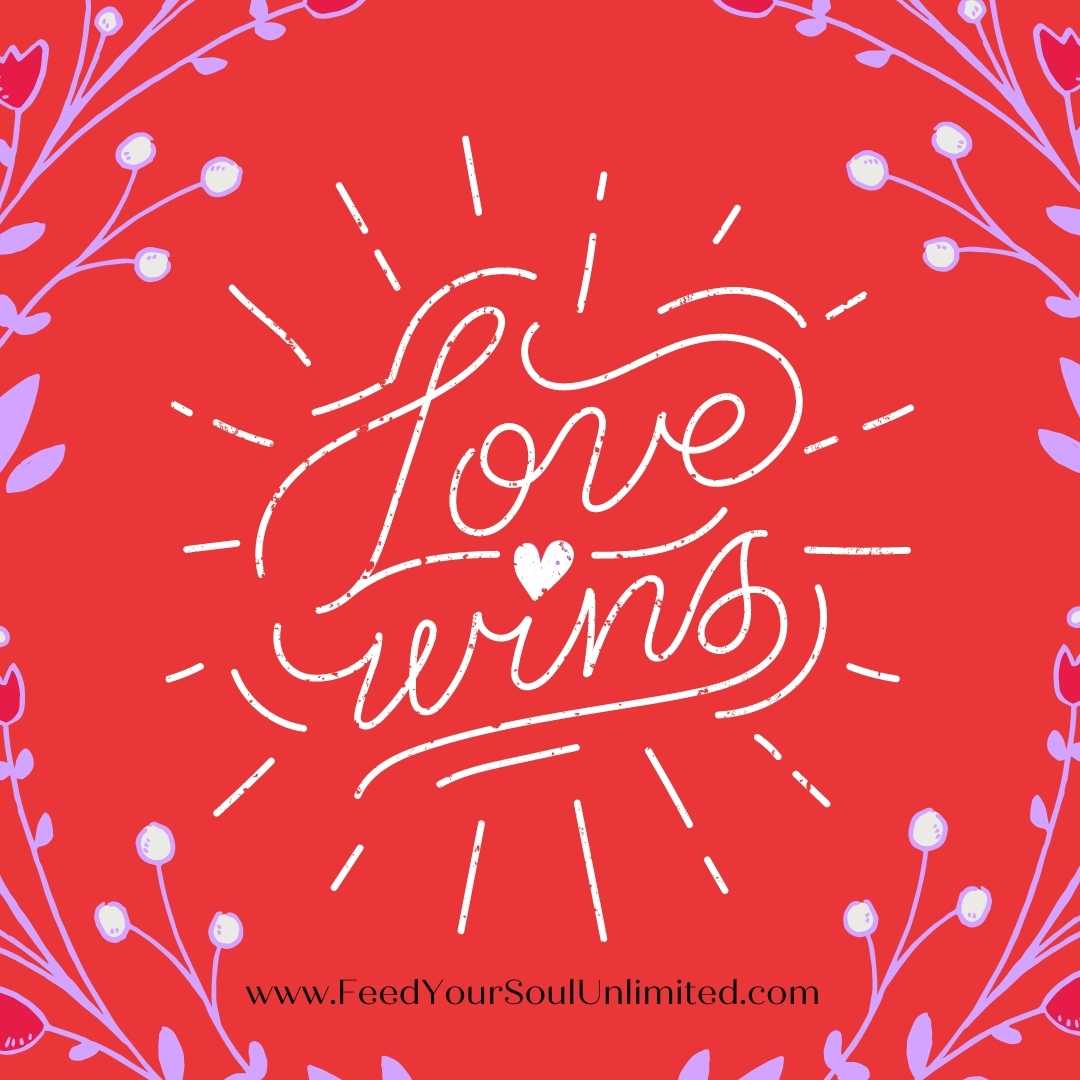
Food Freedom: Mindfulness
Today, I want to really focus more in on what it means in our body and in our mind to be mindful what that would look like.
Why would we want to be mindful?
Being mindful/mindfulness is one of the best ways to reduce stress.
The other thing that mindfulness does is it increases our ability to be an intuitive eater. Intuitive eating allows us to move off the diet and into being present in our bodies: to eat from that inner knowing.


Mindfulness increases intuitive eating.
It is critical that we are more mindful so we can increase intuitive eating. We are then in our body when I when we eat, we’re more in our body to notice if we’re hungry to notice if we’re full to notice if we’re distracted to notice it for uncomfortable.
Mindless eating takes us out of our bodies.
I have learned from countless clients and my own personal experience is when we are mindlessly eating, it is being like outside of our body. We are not fully present in our bodies, we’re not fully embodied, and we’re outside of our body.
When we’re outside of our body mindlessly eating, that is when we’re not paying attention to:
- Whether we’re hungry.
- Whether we’re full.
- Whether we need to stop.
- We eat fast.
- We don’t taste our food.
Since we’re focused outside of our body, mindlessly eating, we’re not focused on those internal cues that tell us it’s time to stop. We want to eat intuitively. Remember, children know how to eat intuitively. Children know when they’re hungry. Children know when they’re full. Small children will close their mouths when they are physically full. They will not eat more than what their body needs.
When my daughter was younger when she was full, she would say my tummy says no more. She just knew her physical signals.
Mindfulness is one of the best ways to get us back in touch with our body, so we can intuitively eat. It creates a sense of peace in our bodies. Mindfulness helps us beyond intuitive eating.
I started at the first of January doing a mindfulness practice every day. It’s a short like practice that I do every day. My ability to manage my life, my ability to manage stress, my ability to just know what to do has been increased exponentially. My big why of why I am mindful is to have peace in my body, and peace in my life, peace in how I react to everybody.
How do you become more mindful?
You might not want to do a daily mindful practice, like I’ve been doing. But you need to start somewhere.
First, you can be more mindful during your meals.
- Sit at the table.
- Don’t eat while you are driving.
- Don’t eat while you are distracted.
- Sitting down while you eat.
- Eat at the table. To me it just reminds me that I am here to feed my body.
Second, you can have a more mindful connection to your food. I like to remember that I am here to fuel my body. Chew your food well. Taste it, savor it.
Third, feel in touch with your body as you eat. Take time to notice if you are satisfied with the food. Are you still hungry? It’s a radical concept to be in touch with your body while you’re eating while you’re eating.
I encourage you to practice these mindful techniques.
Because if you’re like me, I come to the table about three times a day, I come to the table and sit and eat like literally and figuratively. So, you have three times a day (at least) to practicing mindfulness. Literally just get a plate of food, sit at the table, notice yourself seated, take a deep breath, and take a bite of food, put your fork down after each bite.
Mindfulness is about being in touch with your body.
Another mindfulness tool that I love that we don’t talk about much when we talk about much is movement. I find that some of my most mindful times are when I am in some kind of movement. Mindful movement can get in you in touch with your body in a way other actions cannot.
I like to call it mindful movement. I resist using the term exercise, since for me and my clients that goes along with dieting. Exercise is for losing weight. Movement is for being in touch with my body and connected to my body.
Mindful eating and mindful movement are ways to increase overall mindfulness.
Lastly, there is something you can start right now.
Focus on your breath
When you focus on the breath, you’re being mindful, there’s no other way around it. When you focus on breathing in and breathing out. You’re, you’re in your body. Mindfulness is about being fully present. Where you what did we say earlier, it’s the ability to be fully present, and aware of where we are. And what we’re doing, being in the breath, is the best way to be fully present. So that just means breathing in and breathing out. There are a lot you can look up on YouTube, Google different ways to be in the breath. There are so many techniques that I don’t I can’t begin to go through all of them. What I noticed is when I am in the breath, why? How is it mindful for me?
Try it right now, breath in and breath out. What do you feel? Being in the breath is one of the best mindful tools to be fully present in your body. And that’s literally what we’re looking at with mindfulness.
There’s no prescription about how you reach mindfulness, right? What we’re looking at is being in touch with our body, and in touch with what’s going on mindfulness, right. And when we’re more mindful, we’re going to be mindfully eating, and intuitively eating, which is exactly what you want.
I encourage you to think of one way you can be mindful today:
- A meal
- A breath
- Mindful movement
Put one of these techniques to the test to increase your mindfulness. Notice how it can help your eating and create more peace in your life.
Kim McLaughlin is a psychotherapist, coach, podcaster, and author. She helps people who are struggling with overeating and emotional eating. You can find out more at www.FeedYourSoulUnlimited.com
This blog is based on a Food Freedom Facebook Live where we went into depth about emotional eating. You can access the video here.






